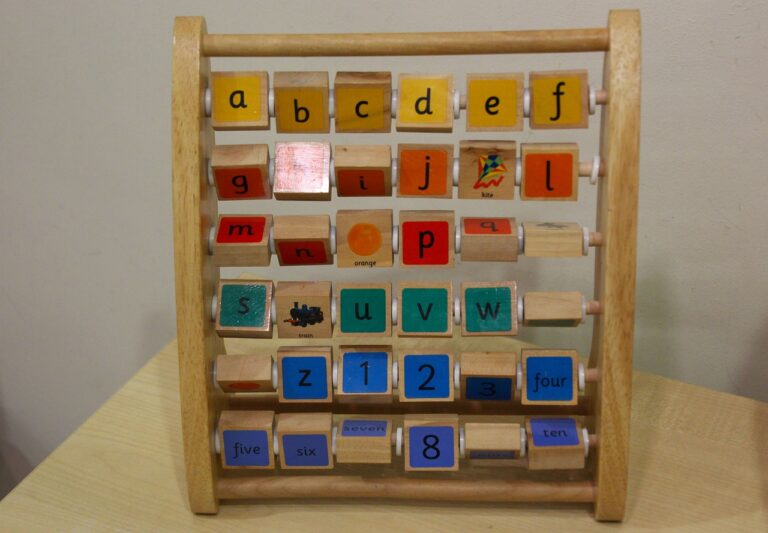Fostering Creativity and Innovation in Classroom Environments
Fostering a classroom atmosphere that values and promotes original thinking is essential in nurturing students’ creativity and innovative ideas. One key element to encourage original thinking is to provide opportunities for open-ended discussions and problem-solving activities. By allowing students to explore various perspectives and think critically about complex issues, they are more likely to develop and express their own unique thoughts.
Additionally, incorporating project-based learning approaches can significantly enhance students’ original thinking skills. Assigning projects that require creative problem-solving and independent research not only engages students actively in the learning process but also empowers them to think outside the box. Encouraging students to take risks, experiment with new ideas, and learn from failures fosters a culture of originality and innovation in the classroom.
Creating a Supportive and Safe Learning Environment
In a learning environment, safety and support play crucial roles in fostering growth and development. By creating a space where students feel secure and valued, educators can encourage open dialogue and promote learning without fear of judgment. When students feel safe, they are more likely to take risks, explore new ideas, and engage actively in the learning process.
Supportive learning environments also provide a sense of belonging and inclusion for all students. When individuals from diverse backgrounds feel accepted and respected, they are more likely to contribute their unique perspectives and ideas. Encouraging a culture of respect and understanding not only enhances the learning experience for students but also cultivates an atmosphere of collaboration and mutual respect among all members of the learning community.
Embracing Diverse Perspectives and Ideas
In the classroom setting, embracing diverse perspectives and ideas is paramount for cultivating a rich learning environment. Students come from various backgrounds and possess unique experiences that shape their viewpoints. By encouraging open discussions and respecting differing opinions, educators can foster a culture of inclusivity and acceptance. This enables students to broaden their horizons, challenge their assumptions, and develop a deeper understanding of the world around them.
Embracing diverse perspectives also plays a crucial role in promoting critical thinking skills among students. When exposed to a range of viewpoints, individuals are prompted to analyze, evaluate, and synthesize information from multiple angles. This process not only enhances cognitive abilities but also nurtures creativity and innovation. By embracing diversity in the classroom, educators empower students to think independently, question prevailing norms, and create new solutions to complex problems.





